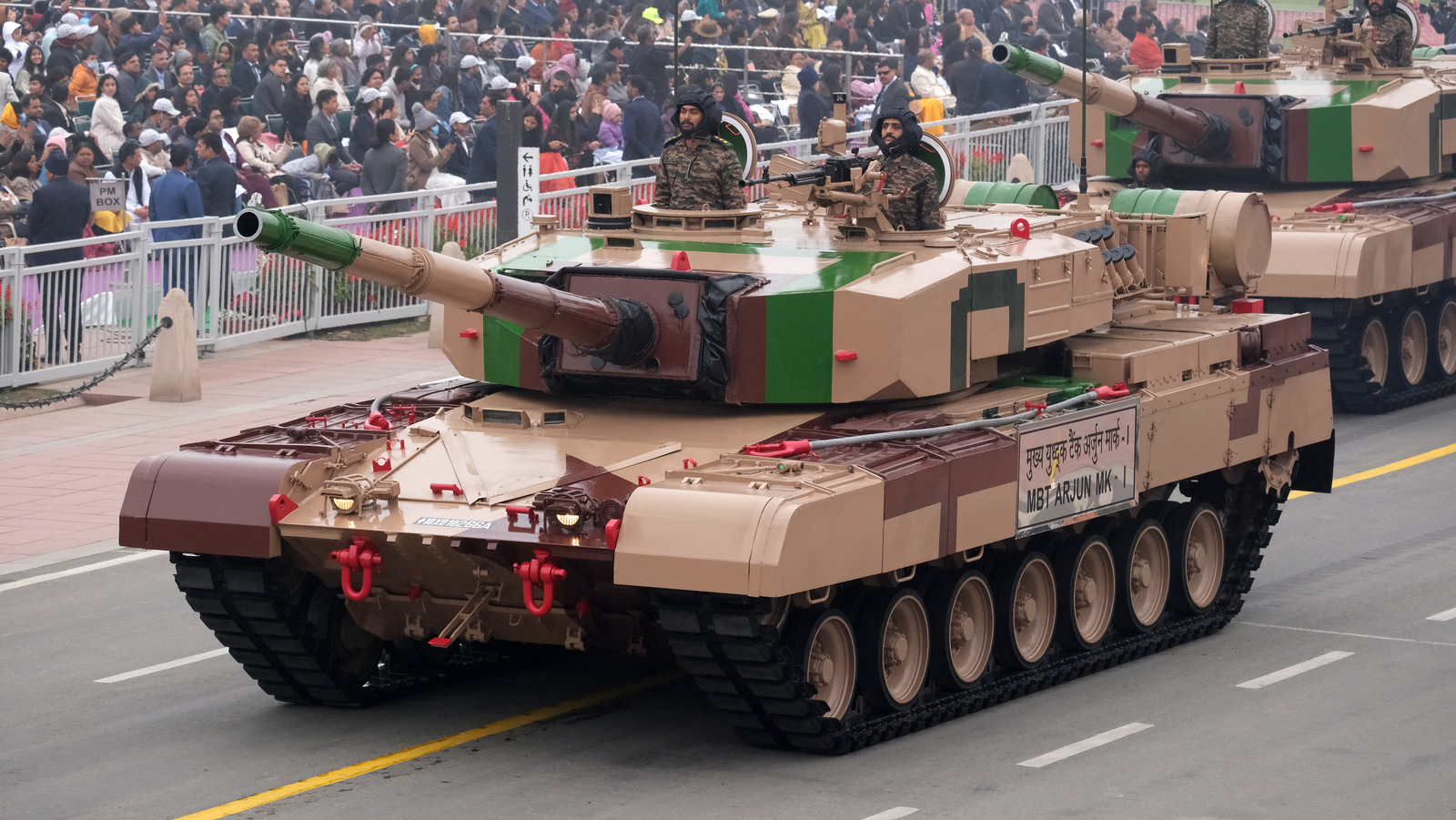
India’s aspiration to field a locally manufactured main battle tank has been a long and often painful endeavor, filled with setbacks, tests, and small victories. For most of its post-independence period, the Indian Army had to rely on the importation of tanks, such as Soviet-made T-72s and T-90s, and the British-designed Vijayanta.

The learning from the 1971 war, coupled with a desire for defense independence, led to India’s decision to develop its own tank: the Arjun MBT. Development began in the late 1970s when the Combat Vehicles Research and Development Establishment (CVRDE) was tasked with designing a tank right from scratch. In 1983, collaboration with German company Krauss-Maffei, manufacturers of the Leopard 2, gave much-needed experience. There was a prototype built by 1989 that was somewhat akin to the Leopard 2A4, but much more development and testing lay ahead.

Initial tests showed several problems. Engines overheated, transmissions would get damaged, and metallurgical issues impacted durability in a few instances. India’s native 120mm rifled gun, developed by the Armament Research and Development Establishment (ARDE), was not able to fire NATO-standard ammunition, increasing logistics.

The German MTU 1,400 HP diesel engine, though high-power, was not common in other fleets, and spares and maintenance became harder to manage. Crew ergonomics had to be adjusted as well, as operating the tank rapidly was cumbersome.

Despite all these issues, the Arjun Mk1 entered production in 2003 in 124 units. The largest component was the Kanchan composite armor, produced by the Defense Metallurgical Research Laboratory (DMRL) to counter modern anti-tank ammunition. NBC protection, fire suppression, and active and passive defense systems added to its survivability.

The Mk1A was the second major upgrade. Israeli engineers helped iron out persistent issues in 2007, and within two years, the tank was fitted with approximately 100 upgrades. Some of these comprised hardened armor with ERA/NERA plates, improved suspension, a redesigned turret, upgraded fire control, safer storage for ammunition, and a remotely controlled gun. An active protection system with a soft-kill was also added to increase survivability.

These developments came at a cost, however. The Mk1A gained weight to 67 tons, reducing its maximum speed to around 55–58 km/h. Its firepower remained unaffected, however, with the 120mm rifled cannon being capable of firing locally produced APFSDS rounds, HESH, and gun-fired ATGMs such as the local SAMHO missile, in place of the older Israeli LAHAT.

A new milestone was reached in reducing foreign engine dependence. The later suspension of MTU engine manufacture revealed the risks of depending on foreign producers. To offset this, DRDO and BEML developed the DATRAN 1500 HP turbocharged diesel engine, capable of running under harsh conditions as well as up to 5,000 meters. CRDi fuel systems, self-cleaning filter, and ruggedized components make up the DATRAN engine, which will require a change in the engine bay of the Arjun as well as rigorous testing before being fully implemented. It is also to be applied in future platforms, including the Future Ready Combat Vehicle (FRCV).

It has been showing excellent results in trials and performance testing. Compared with the T-90 in tests, the Arjun Mk1 is said to have performed better in precision, subsystem integrity, and general operational performance. Bharat Electronics Limited (BEL )’s fire control system is also to be fitted into India’s licensed T-90s. The Arjun is now being used on the western front, with the 43rd Armored Regiment subjecting it to exercises and ceremonial parades. The Mk1A, aided by AI-guided targeting and improved mobility, is the zenith of India’s indigenous-armoured capability.

Indian armored ambitions stretch farther into the future. FRCV intends to swap over 1,500 vintage T-72s with an AI-driven, modular platform that can shoot NATO-standard ammo. DRDO also works on a fresh 120mm smoothbore cannon to reduce logistics. Foreign collaboration, even a potential partnership with Russia on the T-14 Armata, remains in the mix, yet technical and geopolitical issues continue to motivate planning.

The Arjun MBT’s past has been extended, complicated, and contentious, but every milestone—whether Kanchan armor or the development of the DATRAN engine—is one towards actual defense independence. Whether the Mk1A takes its place as a standard on the battlefield or is a stepping stone to the development of future armored vehicles, its legacy is an example of India’s commitment to be self-sufficient in armored warfare.
